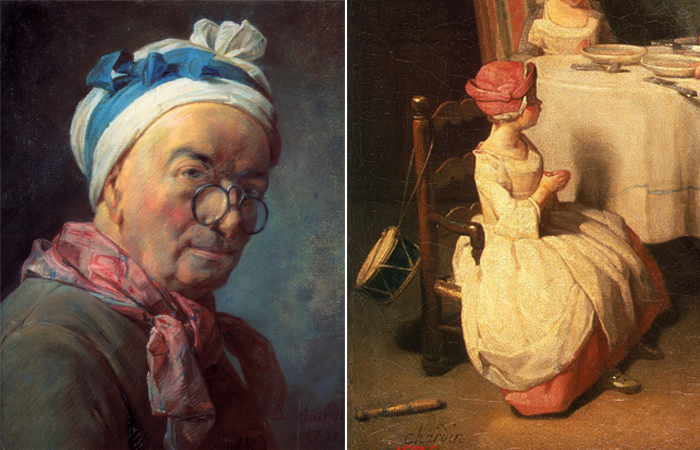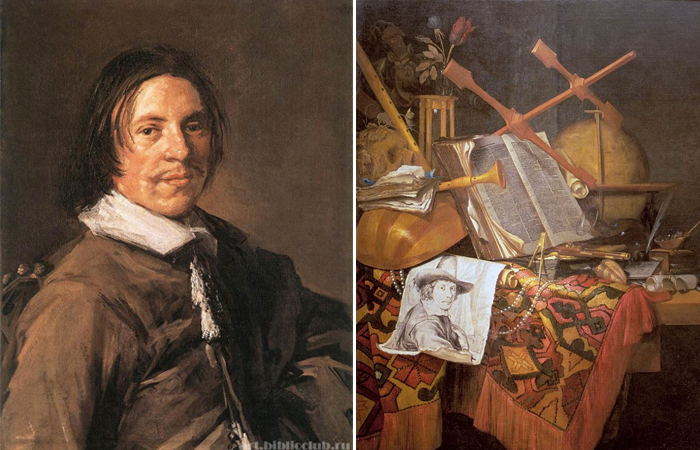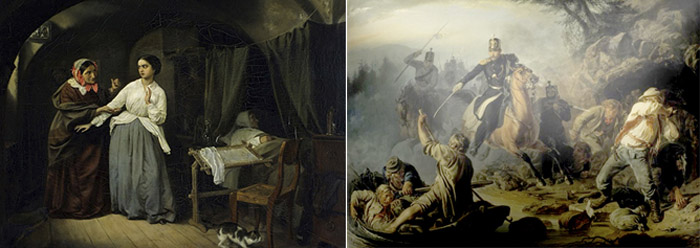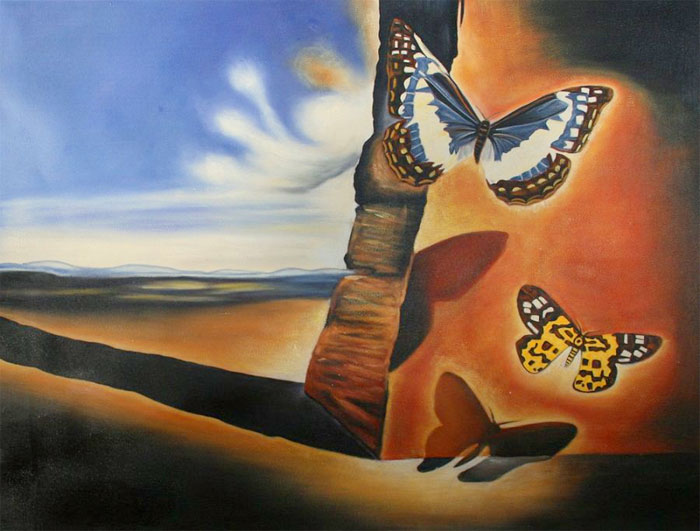significant impact
The tragedy of the author of the most famous portrait of Chekhov: How he lost his family and paintings, and why he got to Solovki Osip Braz
 Over several centuries of development, Russian culture has presented the world with a galaxy of brilliant painters, whose works are included in the world treasury of fine art. Among them are distinguished artists and undeservedly forgotten. One of the last is the talented master of the portrait genre Osip Emanuelovich Braz, the author of the famous portrait of A.P. Chekhov from the Tretyakov Gallery. The name of the Russian artist, academician and collector, unlike his creations, few people know for very objective reasons, subject to the trends of the time in which the painter lived and worked.
Over several centuries of development, Russian culture has presented the world with a galaxy of brilliant painters, whose works are included in the world treasury of fine art. Among them are distinguished artists and undeservedly forgotten. One of the last is the talented master of the portrait genre Osip Emanuelovich Braz, the author of the famous portrait of A.P. Chekhov from the Tretyakov Gallery. The name of the Russian artist, academician and collector, unlike his creations, few people know for very objective reasons, subject to the trends of the time in which the painter lived and worked.
Osip Braz in his works masterfully combined realism with elements of impressionism and modernism, he was rightfully considered one of the outstanding Russian portrait painters of the early 20th century. However, the artist fell not only on creative success, career growth and a happy family union, but also false arrest, confiscation of the collection, and years of imprisonment spent on Solovki, and the loss of two sons and the death of his wife, which he only survived for a year. Continue reading
Was there a boy, or what they argue about for many years, looking at Chardin’s picture “Prayer before dinner”
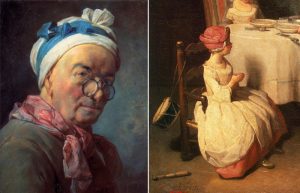 He was called the “artist of animals and fruits.” He had a significant influence on Henri Matisse and Paul Cezanne. In art, this artist sought naturalness and humanity as opposed to the official Rococo style. All this is about Jean Baptiste Simeon Chardin and his picture “Prayer before dinner.” What is the main debate of art critics about this picture?
He was called the “artist of animals and fruits.” He had a significant influence on Henri Matisse and Paul Cezanne. In art, this artist sought naturalness and humanity as opposed to the official Rococo style. All this is about Jean Baptiste Simeon Chardin and his picture “Prayer before dinner.” What is the main debate of art critics about this picture?
The 18th century French artist Jean Simeon Baptiste Chardin was known for his still lifes and genre paintings. His refined and realistic style had a significant impact on a number of the greatest artists of the XIX-XX centuries, including Henri Matisse (1869 – 1954) and Paul Cezanne (1839 – 1906). Chardin’s canvases were simple, but workshops performed. The Chardin world is a world with feeling (and not gallantry), with humility (and not vanity), with simplicity (and not covetousness). For the bourgeois establishment, the works of Chardin represented a salutary contrast with the “decadent aristocratic fragility” of many of the artist’s colleagues (including Watteau). Continue reading
